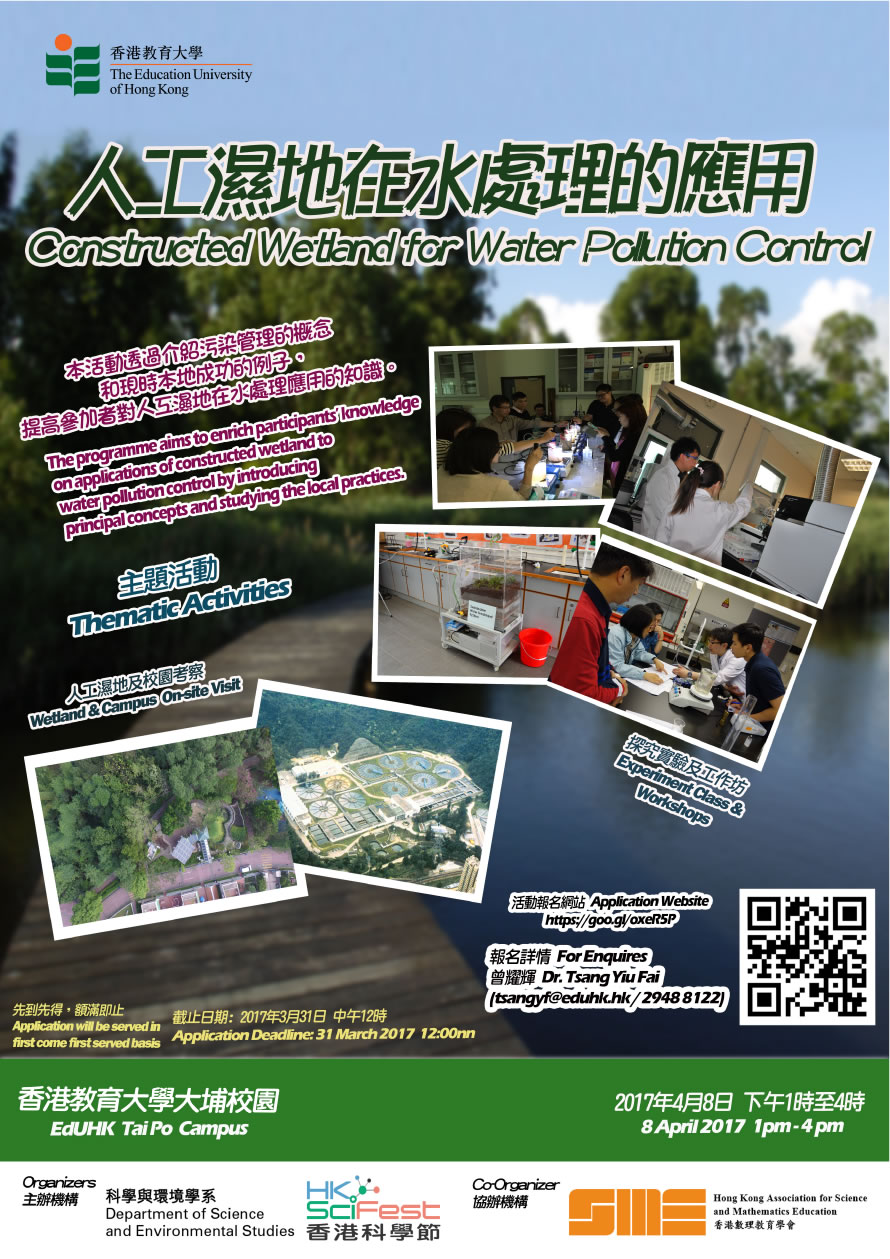

|
|
|
|
|
|
|
|
|
Research/RAE > Research Projects
 |
Dr CHEANG Chi Chiu - Tung Ping Chau Marine Park revisited: revealing the cryptic biodiversity by environmental DNA approach for evaluating effectiveness of the Marine Park
Chief Investigator:
Dr CHEANG Chi Chiu
Project Year:
7/1/2015 - 12/1/2017
Description:
Marine protected area (MPA) is a useful tool to conserve marine biodiversity, the ecosystem function and service. To assess the MPA’s effectiveness, some natural indicators such as the abundance, population structure of focal species, habitat distribution and complexity, structure of the community, etc., are used. Comparison of the abundance and species found inside and outside MPA would shed lights on the successfulness of the MPA in conserving the marine biodiversity literally. However, the two commonly used approaches, the underwater visual censuses method and the video recording approach, possess inherent limitations, hindering the accurate assessment of the MPA effectiveness. The proposed study is to use the environmental DNA (eDNA), which is a relatively new method in species detection and monitoring in the natural environment without actually having them observed, to reveal any cryptic biodiversity that is not discovered by the conventional methods. The aims of this study is to test the feasibility of using the eDNA technology to assess the fish biodiversity of the Tung Ping Chau Marine Park (TPCMP) and to elucidate the effectiveness of the marine park in protecting the biodiversity based on this comprehensive dataset. The result of biodiversity revealed by NGS will be compared to that obtained by the conventional ecological survey. Any additional species revealed in the current study will be regarded as newly discovered cryptic taxa. This study will be the first of the kind to use eDNA assessing the biodiversity of MPA. The successful demonstration on the utility of eDNA to evaluate the MPA effectiveness would provide critical implication on the necessity to include such technique into the formal procedure in evaluating MPA effectiveness.




